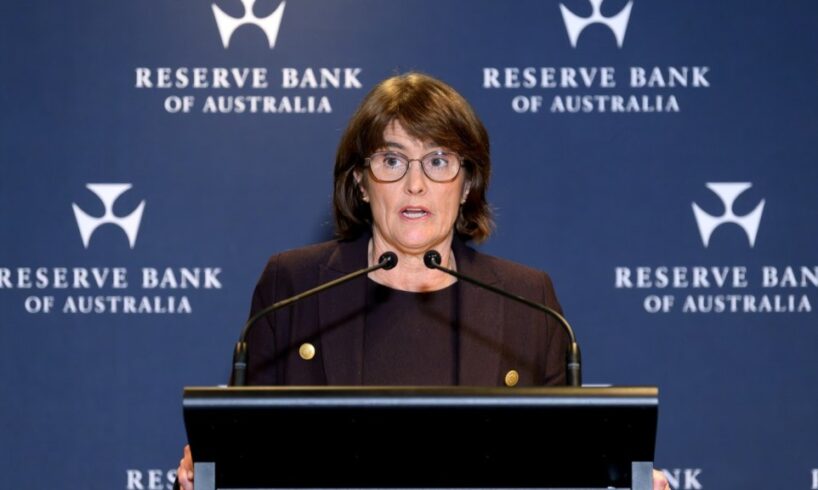
Perhaps the penny is now starting to drop at the Reserve Bank about just how abominably bad its decision to hold interest rates on July 8 was. Unfortunately, the six members of the monetary policy board who voted to hold rates will never be held accountable. Instead, it’s ordinary Australians who are paying the price for weak decisions that defied clear economic evidence.
The June jobs report from the Australian Bureau of Statistics on Thursday was much worse than forecast, with the jobless rate jumping to its highest level in more than three and a half years. Just 2,000 new jobs were created in June, after a loss of 1,000 jobs in May. There were 33,600 more unemployed people, and the jobless rate rose to 4.3% from 4.1% in May.
Hours worked in June fell 0.9% (after May’s 1.4% rise), which was consistent with a drop in full-time work. The ABS reported a 38,000-person fall in full-time employment last month, offsetting a 40,000-person rise in part-time jobs. Those figures suggest the classic adjustment to weaker demand by employers: they shift workers from full-time to part-time if they can to avoid losing staff entirely. But it only lasts for a while — if conditions don’t improve, they start shedding workers. How far off is that point?
The one positive from the data was a rise in the participation rate to 67.1% from 67% — it’s now back to just 0.1 of a point below the all-time record of 67.2% in January. That’s a good thing — except for the fact it’s almost certainly partly caused by women being forced into the workforce so families can afford to pay the punitively high interest rates the RBA is inflicting on them. The higher participation rate exacerbated the unemployment rate rise — but can’t obscure that the labour market is now responding to significantly lower demand.
Related Article Block Placeholder
Article ID: 1213461
It wasn’t just the jobs figures — there was more bad news from NAB’s June quarter business survey. NAB has been running this survey for 35 years and it offers a credible insight into business conditions. The June instalment surprised by revealing that “Business conditions eased to their lowest level since Q3, 2020.”
“Falls in the trading and employment components were the drivers, while the profitability component remained weak … while there was little movement in cost growth this survey, product prices have moderated; retail price growth was at its lowest since early 2021. Wage costs remained the top issue affecting confidence (but less so than in the recent past).”
Conditions worsened most in finance and, critically, retail, where conditions were weakest, though there were gains in mining as well as transport, business services and property. “Conditions were weakest in retail, manufacturing and wholesale,” the report said.
Well done to governor Michele Bullock, the monetary policy board, and its predecessor the RBA board: that’s your handiwork, stemming from your appalling decisions to lift rates in late 2023 and refuse to lower them, in the face of all evidence, in late 2024, and refrain from lowering them again in April. And with the decision to keep rates on hold earlier this month, the Reserve Bank under Bullock is now clearly the greatest threat to Australia’s prosperity and the economic security of ordinary Australians.
What are the chances of an apology from Bullock when she and the rest of the monetary policy board are dragged kicking and screaming to a rate cut in August? Or will they once again sit on their hands and claim they need “a little more information” about the extraordinary extent of the damage they’re doing to the economy?
Are you feeling the pinch of the latest interest rate hold?
We want to hear from you. Write to us at letters@crikey.com.au to be published in Crikey. Please include your full name. We reserve the right to edit for length and clarity.





